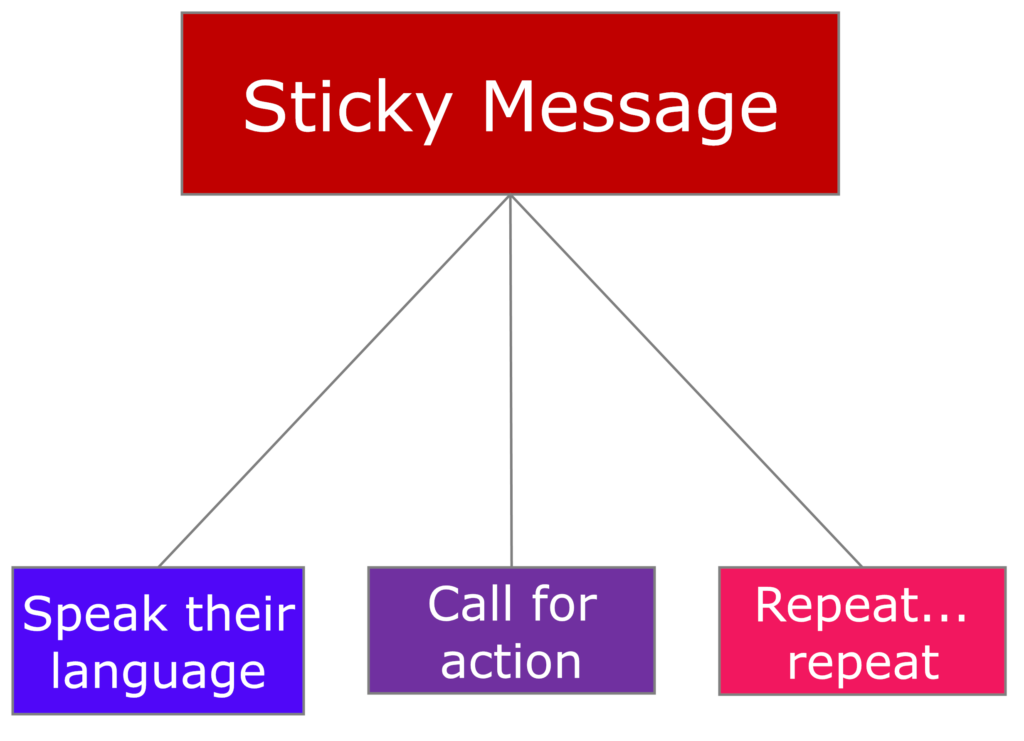Natasha and Luke have never got along well. Now Natasha has complained to her manager, Tina.
Tina suggests setting up a meeting between Natasha and Luke. During this meeting, Tina will be taking on a mediation role. There are five steps we’d advise her to take. You can use the same strategies to resolve minor conflict in your workplace.


